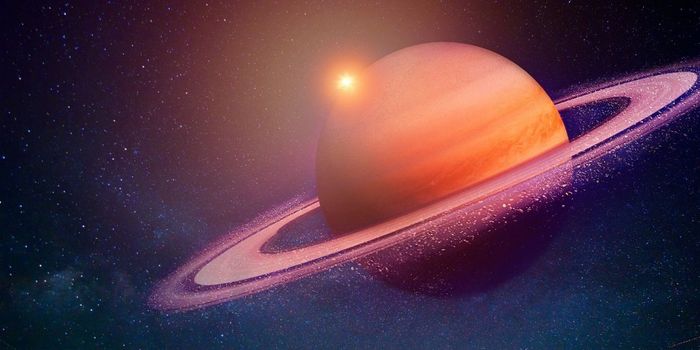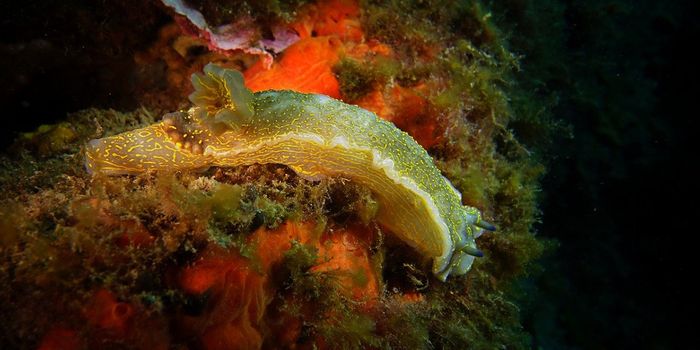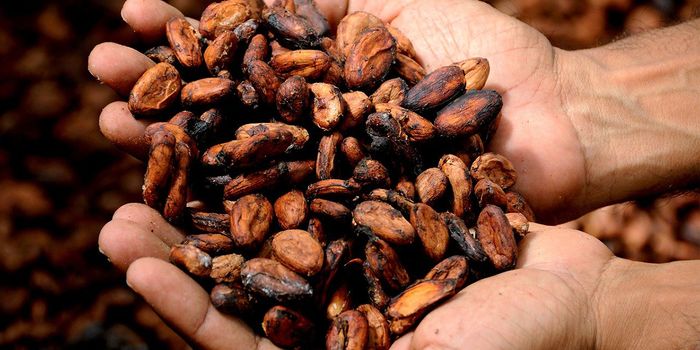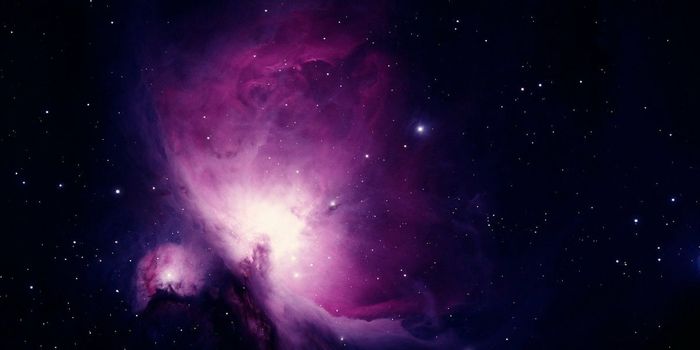Bali entered an unusual state of emergency last month when ginormous quantities of trash overwhelmed several tourist-popular beaches on the island for five days. The so-called "garbage emergency" covered six kilometers over beaches Jimbaran, Kuta, and Seminyak, posing a public health threat and an ugly eyesore for visitors. To deal with the emergency, the government deployed 700 cleaners and 35 trucks to remove roughly 100 tons of debris each day, toting the trash to a nearby landfill. A sign on Kuta beach beseeched tourists, reading: "We do apologize for this inconvenience, your visit [was] interrupted by a natural phenomenon in the form of annual waste of west wind impact."
But such a garbage dump is anything but natural. Indonesia is the world's second-largest contributor to marine debris, producing roughly 1.29 million metric tons every year. And although marine litter is worse during the annual monsoon season, it is something visitors complain about all year round. This is mind, Indonesia has committed to the UN Environment's Clean Seas campaign, pledging to reduce marine plastic waste by 70% by 2025. Can the nation follow up on its promise? Watch the video to learn more.








